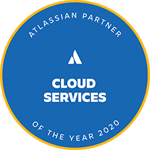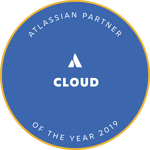Case Studies / Articles
-

Healthcare Client projects $310k ROI post Atlassian Cloud Migration
Jun 11, 2024See how our client simplified healthcare operations and reduced spend all while maintaining HIPPA compliance in the Atlassian Cloud. Discover the benefits of migration for your own operations.
-
.jpg?w=is&k=20&c=7wcbHVAWnA8Ewy1UJdD1SXW_eYs8aDvwe9YuYlf13lY=%20(1).jpg&width=385&name=lawyer-desk.jpg_s=1024x1024%26w=is%26k=20%26c=7wcbHVAWnA8Ewy1UJdD1SXW_eYs8aDvwe9YuYlf13lY=%20(1).jpg?w=is&k=20&c=7wcbHVAWnA8Ewy1UJdD1SXW_eYs8aDvwe9YuYlf13lY=%20(1).jpg)
Atlassian Cloud Migration: Law Firm Success Story
Apr 16, 2024Elevate your business with Atlassian Cloud Migration. Learn from a prestigious Law Firm's successful transition to the cloud.
-

Migration Success from ServiceNow to JSM with an immediate 70k ROI
Mar 27, 2024Make the switch from ServiceNow Change Management to Jira Service Management effortlessly. Discover the advantages of ServiceNow to JSM migration.







.png?width=300&height=115&name=New%20Project%20(1).png)

